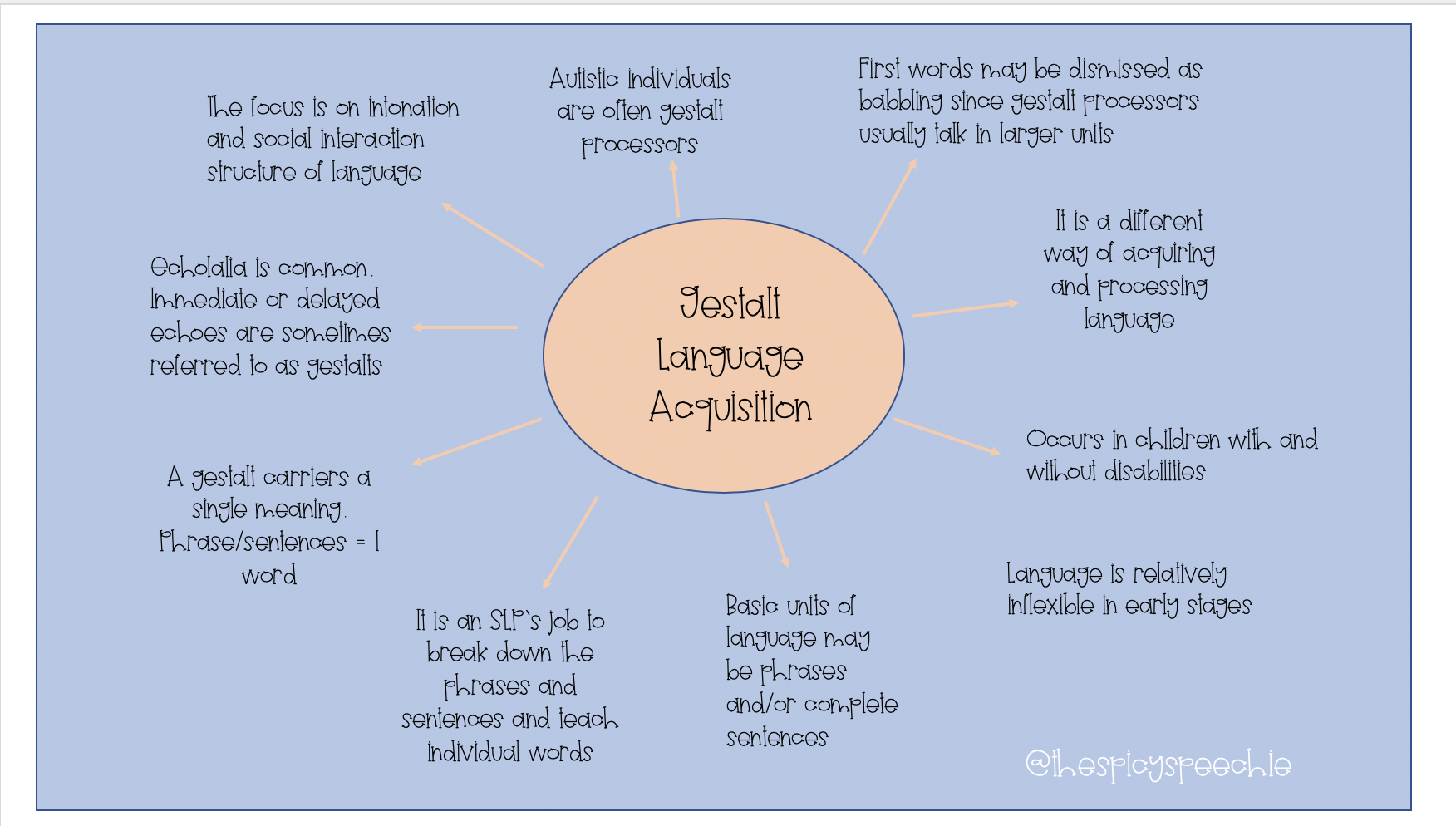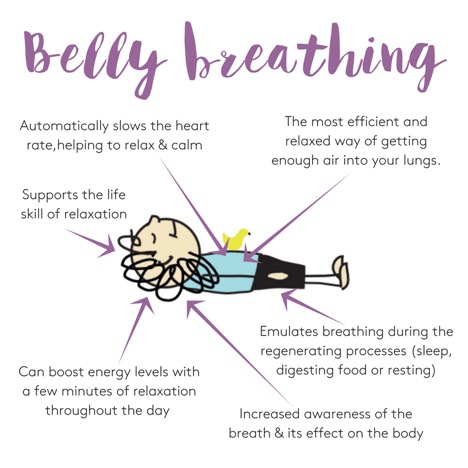
Completing Speech Homework Leads to Increased Gains
ASHA has shed light on key data surrounding the completion of home programming and its effect on speech and language gains. The results were conclusive: children who completed all of their assigned speech homework demonstrated the greatest improvements toward their goals. See the figure below: The data referenced came from NOMS, the national data registry specifically for speech-language pathology services. Improvements in pre-k children were seen across the three most commonly treated areas: articulation, language comprehension, and language production.The evidence supports the fact that children should continue to work toward their goals via home programming with a parent or caregiver. The benefits to speech and language are clear! To find out more, visit: https://leader.pubs.asha.org/doi/10.1044/leader.NOMS.25032020.28


